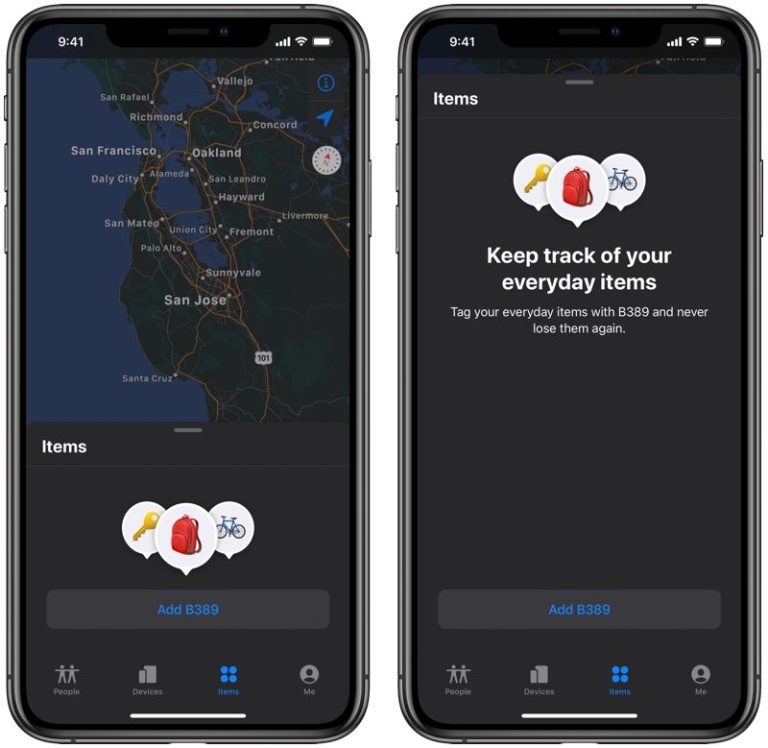Android smartphones will also adopt Ultra Wideband technology
Following in the footsteps of iPhone 11 and iPhone 11 Pro , the first Android smartphones with Ultra Wideband technology will be released starting in 2020, according to Barclays analysts.
In a research note obtained by MacRumors , analysts said Android smartphones will be equipped with an all-in-one Ultra Wideband , NFC and Secure Element chip introduced by Dutch chipmaker NXP Semiconductors last year. It’s unclear which Android smartphones will adopt the technology first, but Samsung joined a consortium with NXP last year to help develop the technology.
In a press release from last year, NXP said that Ultra Wideband will offer several interesting new features to mobile devices , such as the ability to unlock a car’s doors when the device is in close proximity to the vehicle.
“With the SR100T, mobile devices will be able to communicate with connected doors, access points and cars to open them once they get closer,” NXP said in a press release. “Lights, audio speakers and any other connected devices with UWB sensing functionality will be able to follow users from room to room and intelligent connection technology will be intuitively incorporated into people’s lives.”
The iPhone 11, iPhone 11 Pro and iPhone 11 Pro Max models are equipped with an U1 chip designed by Apple with Ultra Wideband, which allows devices to understand their precise position relative to other Apple devices equipped with U1 nearby. On iOS 13, for example, there is an AirDrop directional function thanks to which we can point an iPhone 11 towards another iPhone user to instantly share files with them.
On the iPhone 11 Pro page , Apple declares that the AirDrop directional feature is ” just the beginning ” of what is possible with Ultra Wideband, adding that ” incredible new features ” will come in the future.
Last year, evidence was found that Apple was working on trackers of elements similar to Tile in the iOS 13 code. So-called AirTags will also support ultra-wideband, according to analyst Ming-Chi Kuo, suggesting that the models of iPhone 11 will be able to locate the tags with extreme precision both inside and outside.
The distance between two Ultra Wideband devices can be measured accurately by calculating the time it takes for a radio wave to pass between the two devices, with much greater accuracy than Bluetooth LE and Wi-Fi.
It’s unclear when Apple plans to announce item tracking tags or if product development has been abandoned.



Recent Comments